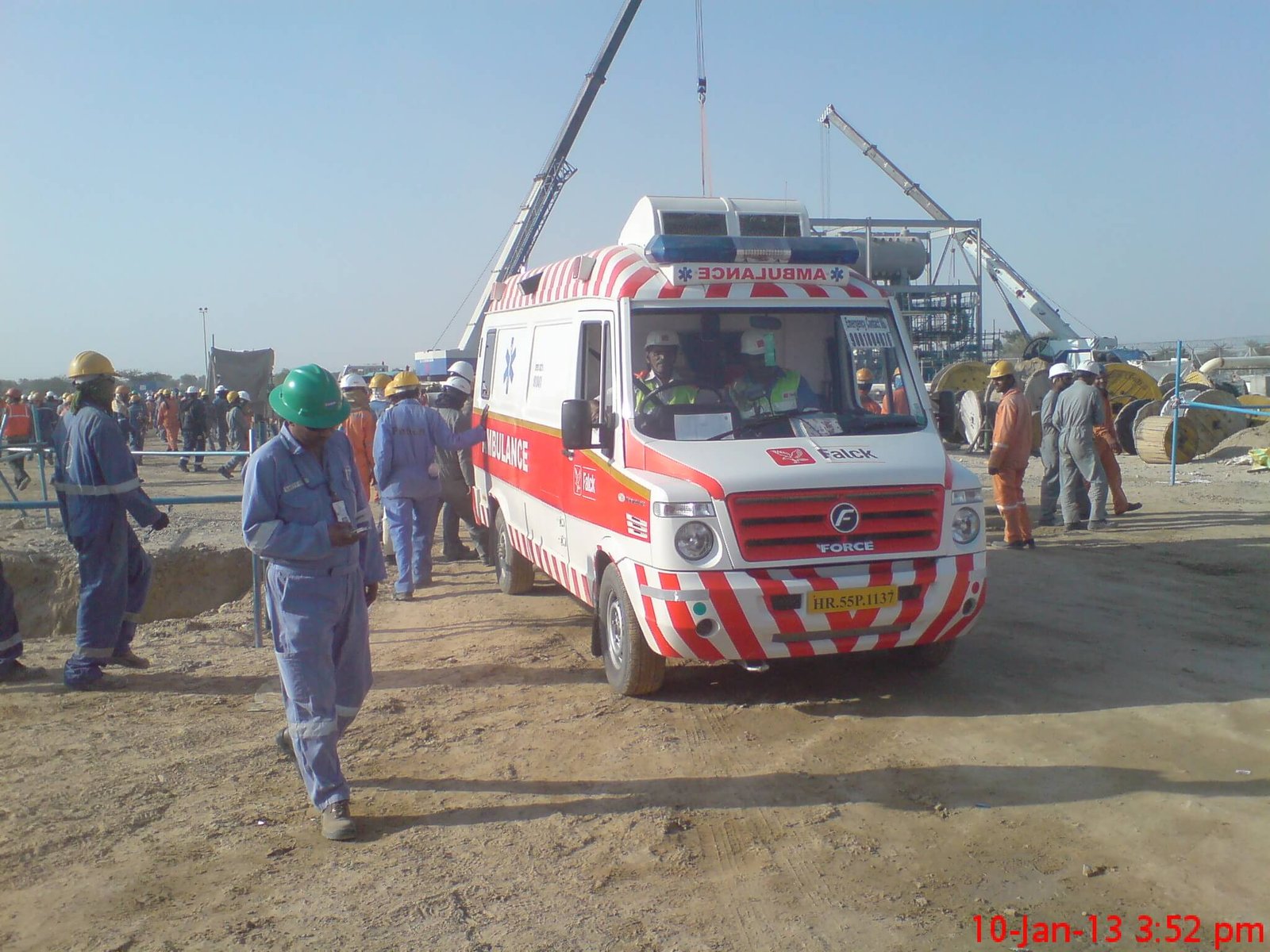This Petroleum Act (No. 30 of 1934) Came into force from 30-3-1937 (enacted on 16-9-1934) to consolidate and, amend the regulation relating to import, shipping, storage, manufacturing, refining and mixing of petroleum. It extends to the whole of India. It has 4 chapters and 31 sections. Its abstract is as under
Definitions: Petroleum means any liquid hydrocarbon or mixture of hydrocarbons and any inflammable mixture (liquid, viscous or solid) containing any liquid hydrocarbons.Flashpoint of petroleum the lowest temperature at which it yields a vapor in order to provide a short-term flash while ignited, determined according to with chapter-II and rules made there underneath:
Class of petroleum as per Petroleum Act
Class A – < 23°C
Class B – 23 to < 65°C
Class C – 65 to 93°C
Motor Conveyance means any vehicle running on land, water or air and in which petroleum is used to generate the motive power.
Contents
Control over petroleum (Chap. I, Sec. 3 to 13): PETROLEUM ACT 1934
The Central Government may make rules for import, transport, production, refining and blending of petroleum (Sec. 3 to 5).
On receptacles of class A petroleum the words “Petro” or “Motor Spirit” should be mentioned. This is not required where quantity is less than 10 liters or on a fuel tank attached with a motor conveyance or engine, a pipeline, underground tank or exempted by the Central Government (S. 6).
Licence is not required (i) for class B petroleum if it is contained in receptacle having less than 1000 liters capacity and total quantity at any one place does not exceed 2500 litres or (ii) for class C petroleum if total quantity at any one place does not exceed 45000 liters and stored or transported as per rules u/s 4 (S. 7).
No licence is necessary to keep less than 30 liters class A petroleum not intended for sale. Then it can be stored in metal container of maximum 25 liters capacity and non-metal container of maximum 1 liter capacity (S. 8).
To use as a fuel in the motor conveyance, not more than 100 liters class A petroleum can be stored or conveyed (S. 9)
No licence is needed by Railway to carry petroleum (R. 10). This chapter is not applicable to any petroleum having flash point above 93°C (S. 11).
Testing of Petroleum (Chap. II Sec. 14 to 22): PETROLEUM ACT 1934
The Central Government can make rules for taking samples for testing and authorize any officer for that purpose (S. 14 to 17) to give the certificate of testing (S.19) or retesting (S. 20). The officer shall use a standard test apparatus (S. 15, 16 & 18). The Central Government has rulemaking powers u/s 21 and 22.
Penalties & Procedure (Chapter III S. 23 to 28): PETROLEUM ACT 1934
The general penalty is up to Rs. 1000 or one month or both and enhanced (for repeated offence) penalty up to Rs. 5000 or 3 months or both (S. 23). Petroleum together with receptacles can be confiscated (S. 24). Authorized officer has the power of entry and search (S. 26) Notice of accident shall be given to the nearest magistrate, police station and to the Chief Controller of Explosive (S. 27). In case of death or serious accident, injury u/s 176 of the Cr. P. C, 1973 shall be held by a Magistrate or a Police Commissioner.
Supplemental (Chapter-IV S. 29 to 31): PETROLEUM ACT 1934
Rulemaking power and procedure and inclusion of rules to provide for the protection of the public from the danger of petroleum (S. 29). The Central Government can limit or restrict the powers of any local authority (S. 31).





